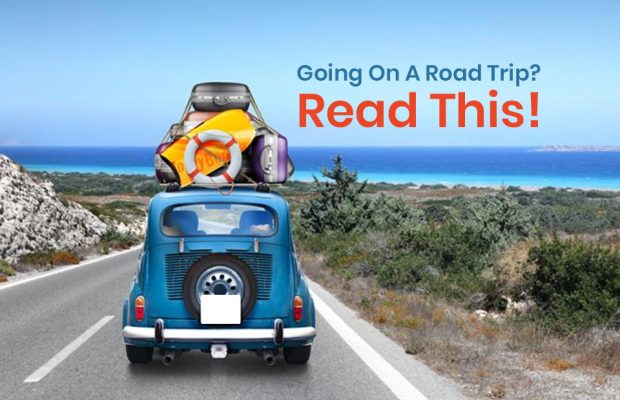Imagine for a moment that there are no cars on the road and that the only roads were dirt trails that spanned for miles. This is how life was before the automobile, back in the pioneer days when settlers set forth across a wild and sometimes unforgiving landscape.
Though many historians love to reminisce about how it used to be before all of our modern technology, the fact is that today, when you want to travel, you’re not riding a horse, you’re driving a car.
Our cars make our lives possible in communities where it’s difficult and impractical to walk to work or to visit family. And as such, we also need to take care of our vehicles to ensure that they won’t fail us in the future.
Correspondingly, when it comes to taking a long road trip, you definitely want your vehicle operating in tip-top condition.

Quality Insurance
Perhaps the most important and one of the most overlooked aspects when it comes to getting your car ready for a trip is checking for adequate insurance coverage.
Insurance is necessary in order to operate a motor vehicle in every state except for Virginia and New Hampshire. And even in these two states, some form of payment is required for uninsured motorists.
The problem with not having adequate insurance is that in the event of an accident or if you run into car trouble, you might not be covered. Many insurance companies offer some form of roadside assistance service that’s added to your policy. However, some insurance companies do not offer this service unless you request it.
If you’re unsure about what your policy covers, or if you know you’re not covered adequately, shop around and compare auto insurance quotes to ensure that you won’t end up stranded on the roadside far from home.
Navigation
While many cars on the road today are equipped with onboard GPS devices, these devices are susceptible to failure at times. The same thing is true for your smartphone, which many drivers across the country rely on for directions.
The problem with relying on computer-assisted navigation systems is that these require a signal in order to operate. And even as elaborate as our satellite and cell tower networks are, there are still numerous dead zones across the United States.
So you have a GPS and a smartphone, but what you need just in case you become lost on an old back road is an area map or road atlas.
Map reading skills might be waning as an essential skill in today’s digital world, but these real-world skills are actually more beneficial to you than simply knowing how to type in an address or search for a location. So, learn how to read a map and keep it handy while you travel.
Safety Items
The saying is true that an ounce of prevention is worth a pound of cure, and though you might not think you’ll need any of the preceding safety items, it’s better to have them and not need them, than to need them and not have them.
When far from home, you don’t have the sense of security that you typically do when you’re in your familiar stomping grounds.
Basically, anything can happen when on the road, and you’ll want to be prepared when a situation arises.
Along with bringing along at least a day’s supply of food and water (in case you get stranded), bringing along camping items such as a good pair of hiking boots, a compass, blanket, and a mess kit is also a smart move. Additionally, it’s also wise to bring along a means of personal self-defense such as a firearm, taser, pepper spray, or any other item that you feel safe using.
You’ll also want to check ahead with the states and local areas that you’ll be traveling within as they may have laws dictating which kind of self-defense items are legal, and how to properly transport them.



